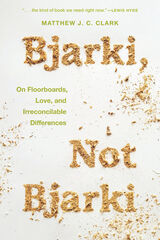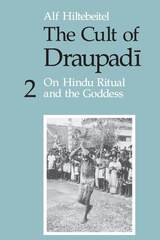
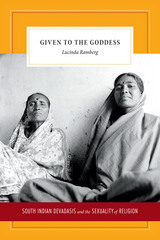
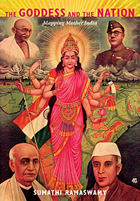
By exploring the mutual entanglement of the scientifically mapped image of India and a (Hindu) mother/goddess, Sumathi Ramaswamy reveals Mother India as a figure who relies on the British colonial mapped image of her dominion to distinguish her from the other goddesses of India, and to guarantee her novel status as embodiment, sign, and symbol of national territory. Providing an exemplary critique of ideologies of gender and the science of cartography, Ramaswamy demonstrates that images do not merely reflect history; they actively make it. In The Goddess and the Nation, she teaches us about pictorial ways of learning the form of the nation, of how to live with it—and ultimately to die for it.
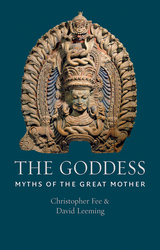
Leeming and Fee use the goddess to gaze into the lives and souls of the people who worshipped her. They chart the development of traditional Western gender roles through an understanding of the transformation of concepts of the Goddess from her earliest roots in India and Iran to her more familiar faces in Ireland and Iceland. They examine the subordination of the goddess to the god as human civilizations became mobile and began to look upon masculine deities for assurances of survival in movement and battle. And they show how, despite this history, the goddess has remained alive in our spiritual imaginations, in figures such as the Christian Virgin Mother and, in contemporary times, the new-age resurrection of figures such as Gaia.
The Goddess explores this central aspect of ancient spiritual thought as a window into human history and the deepest roots of our beliefs.
READERS
Browse our collection.
PUBLISHERS
See BiblioVault's publisher services.
STUDENT SERVICES
Files for college accessibility offices.
UChicago Accessibility Resources
home | accessibility | search | about | contact us
BiblioVault ® 2001 - 2024
The University of Chicago Press





